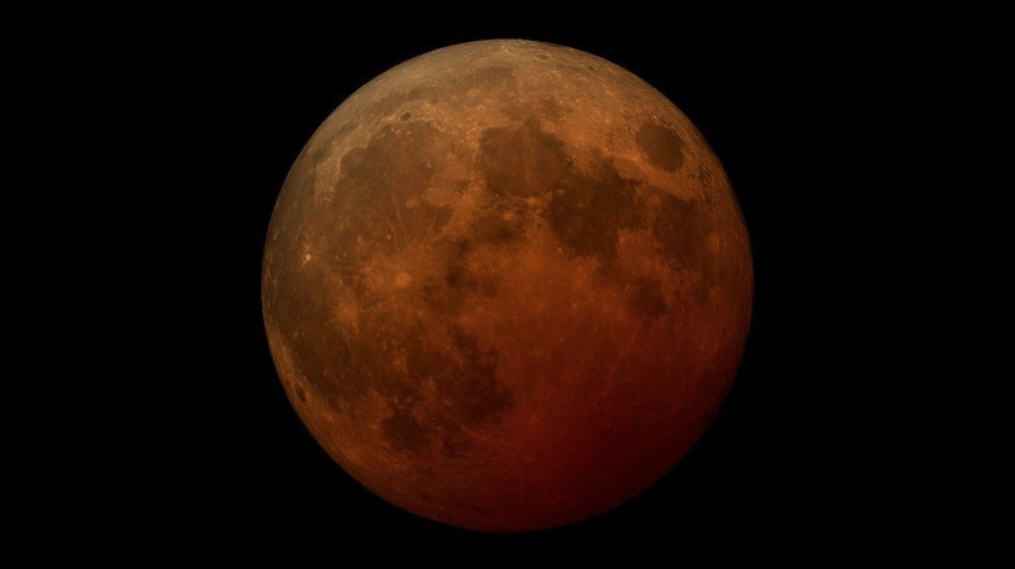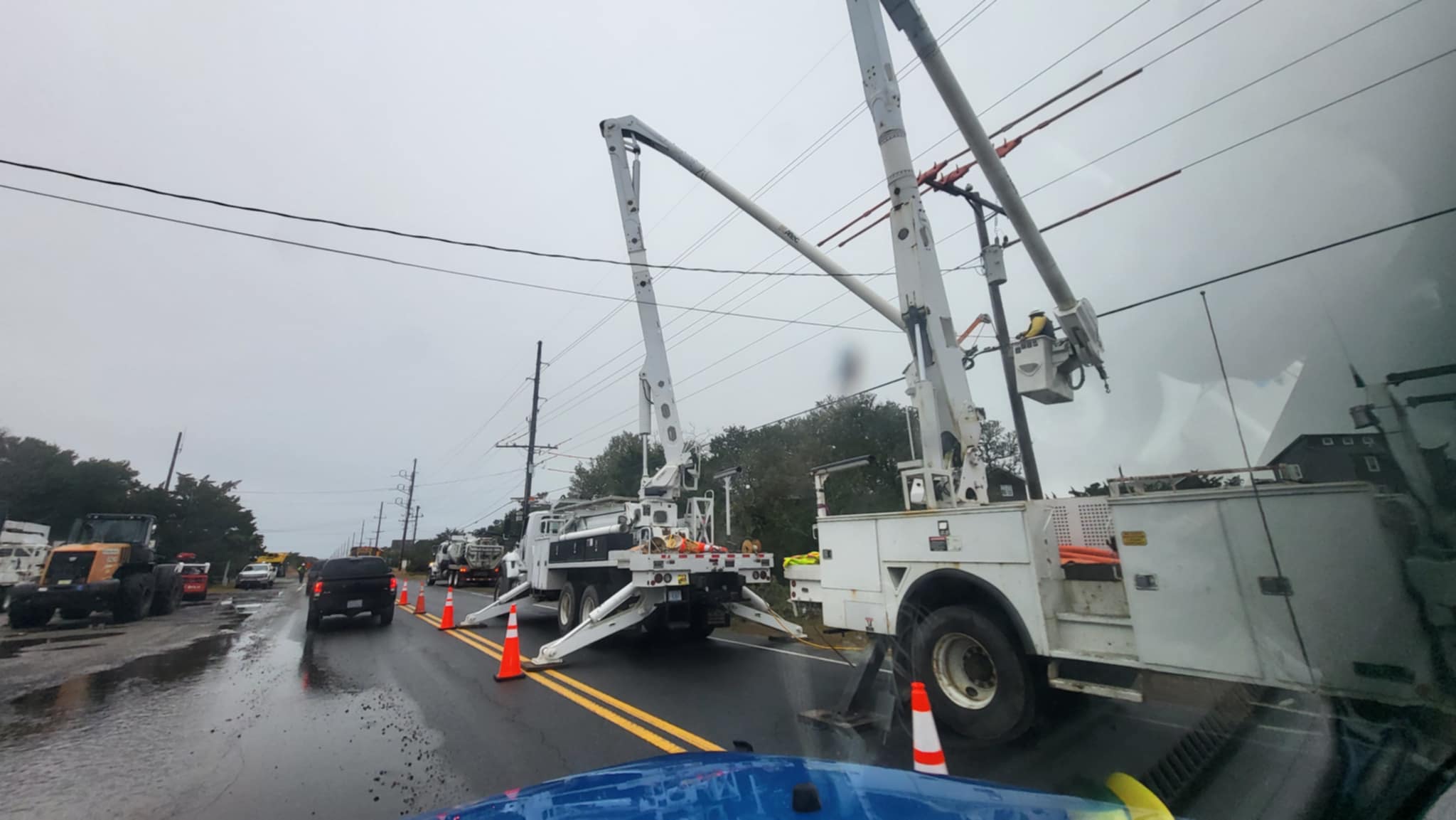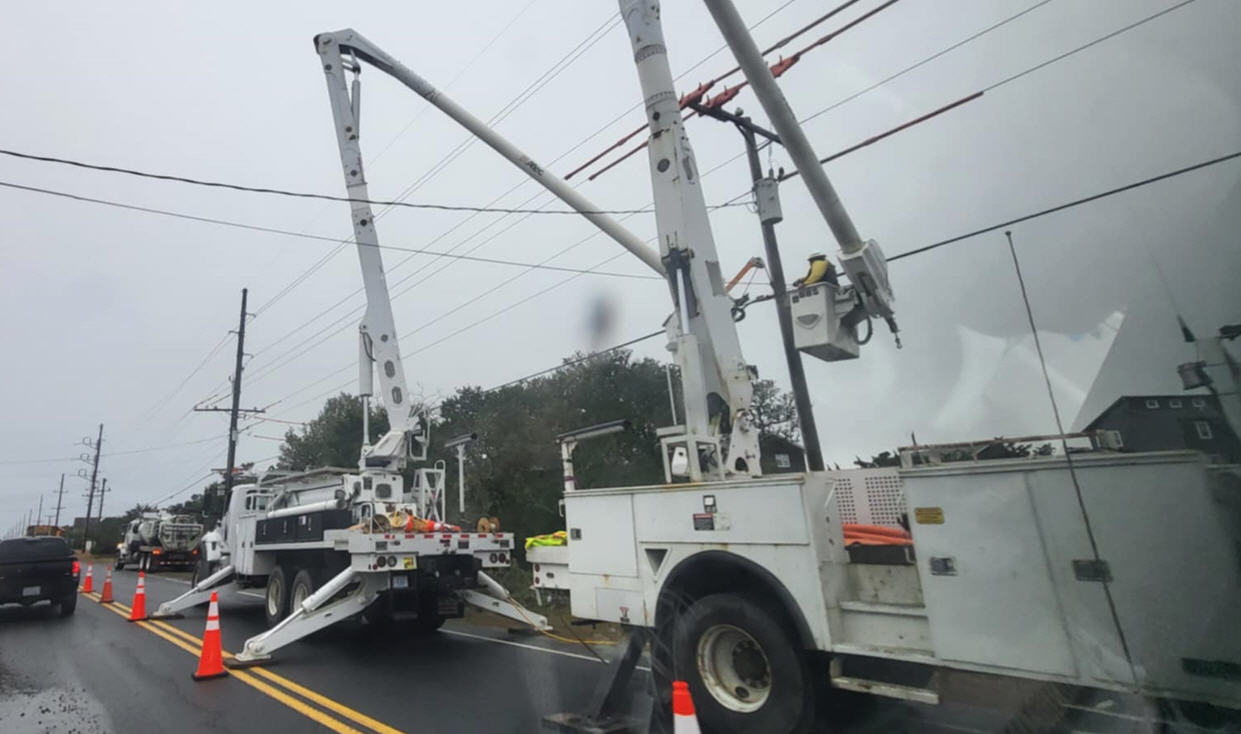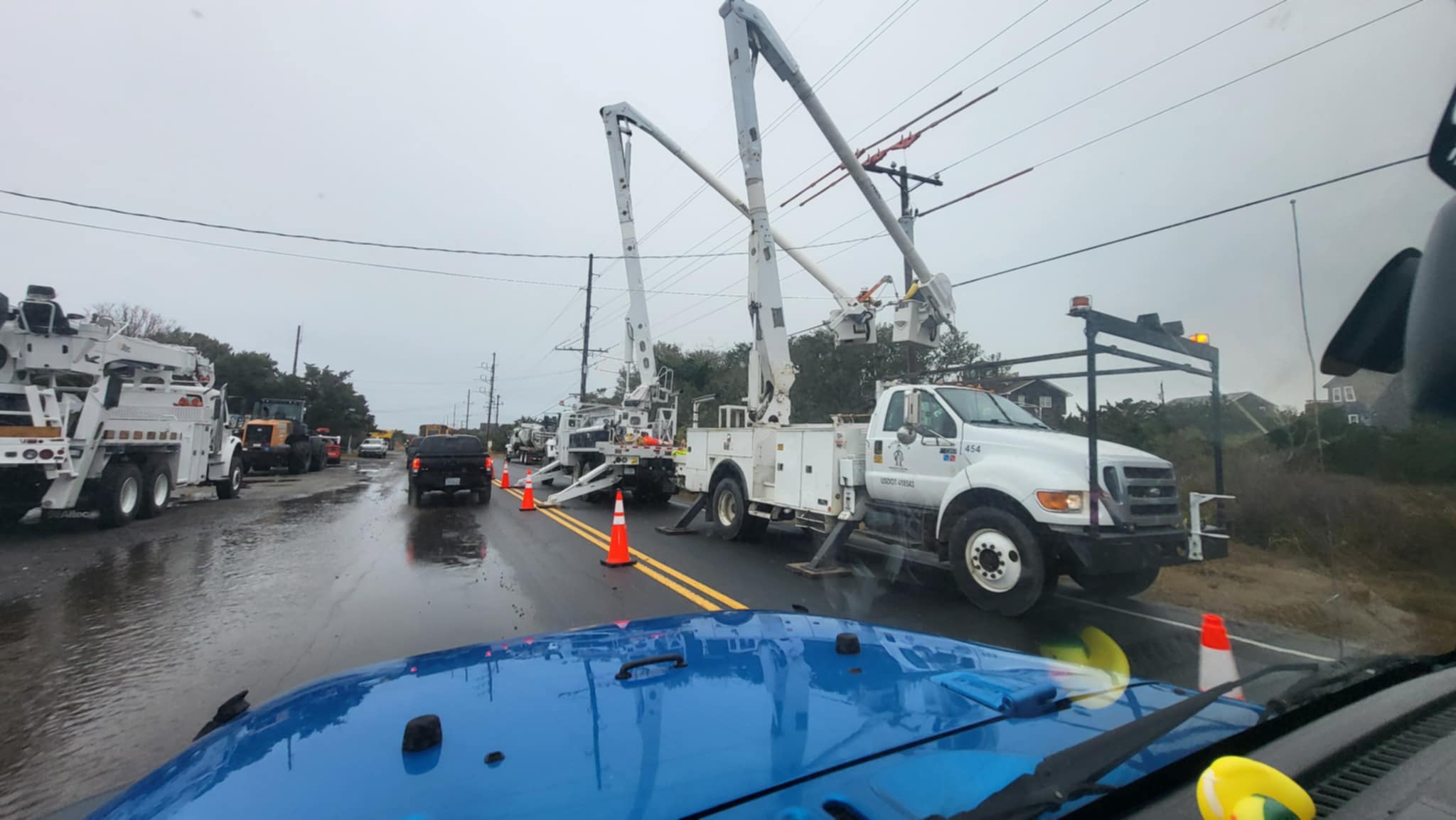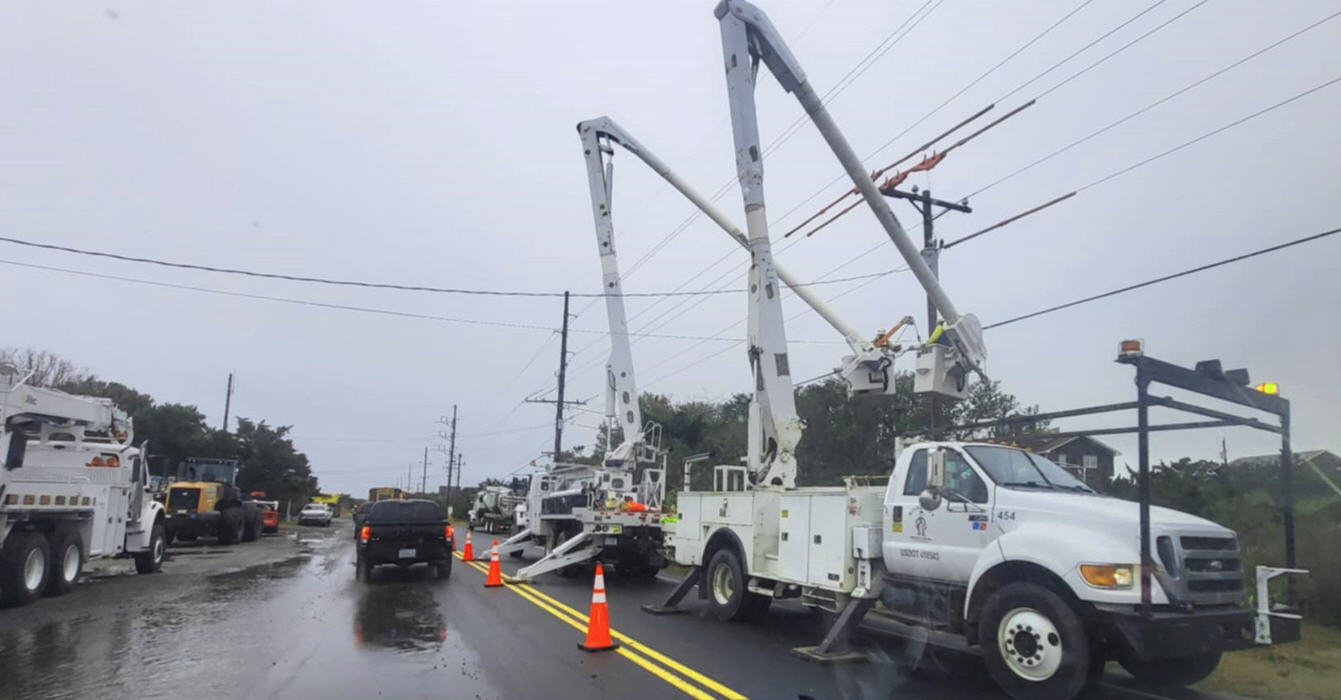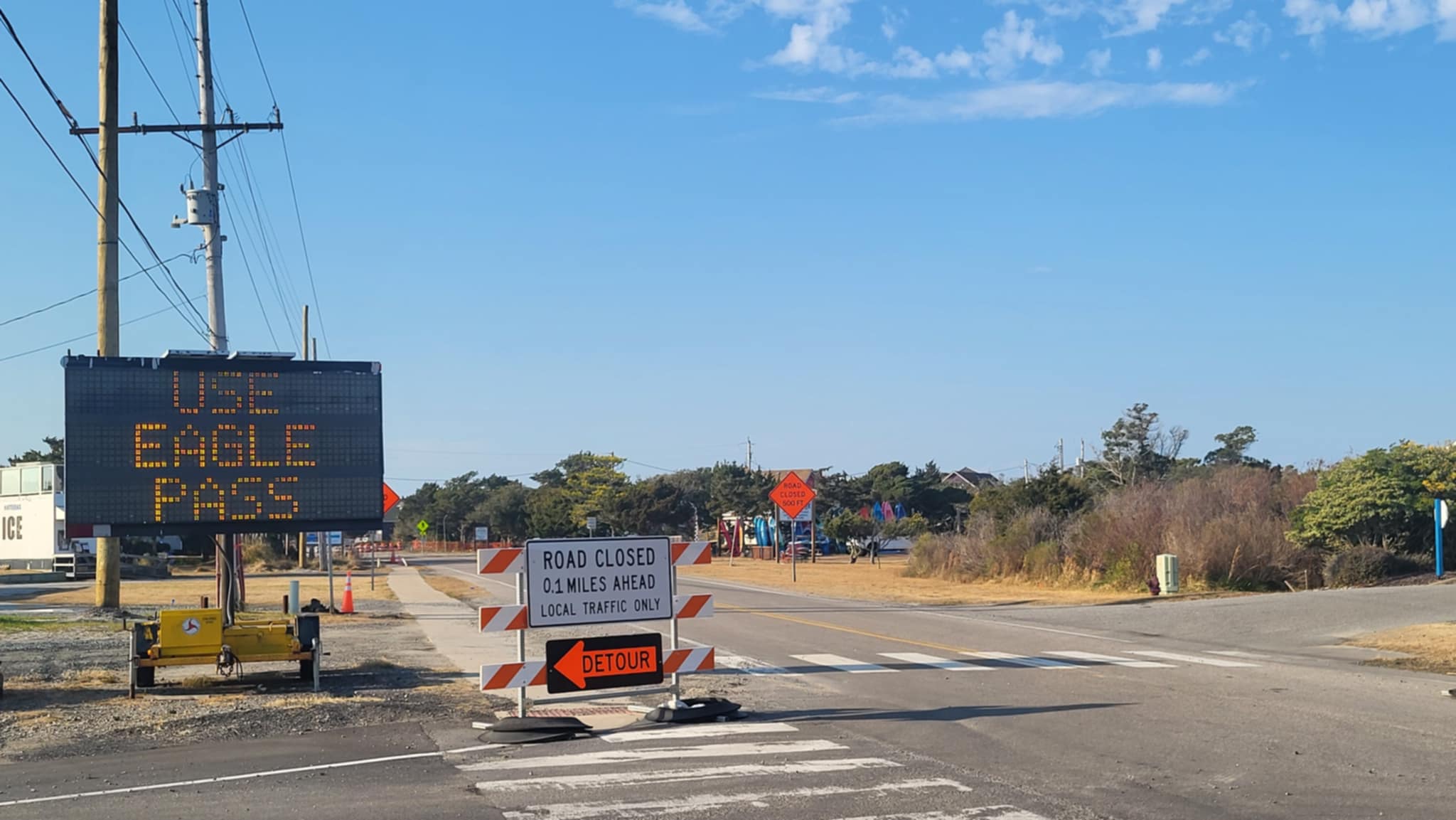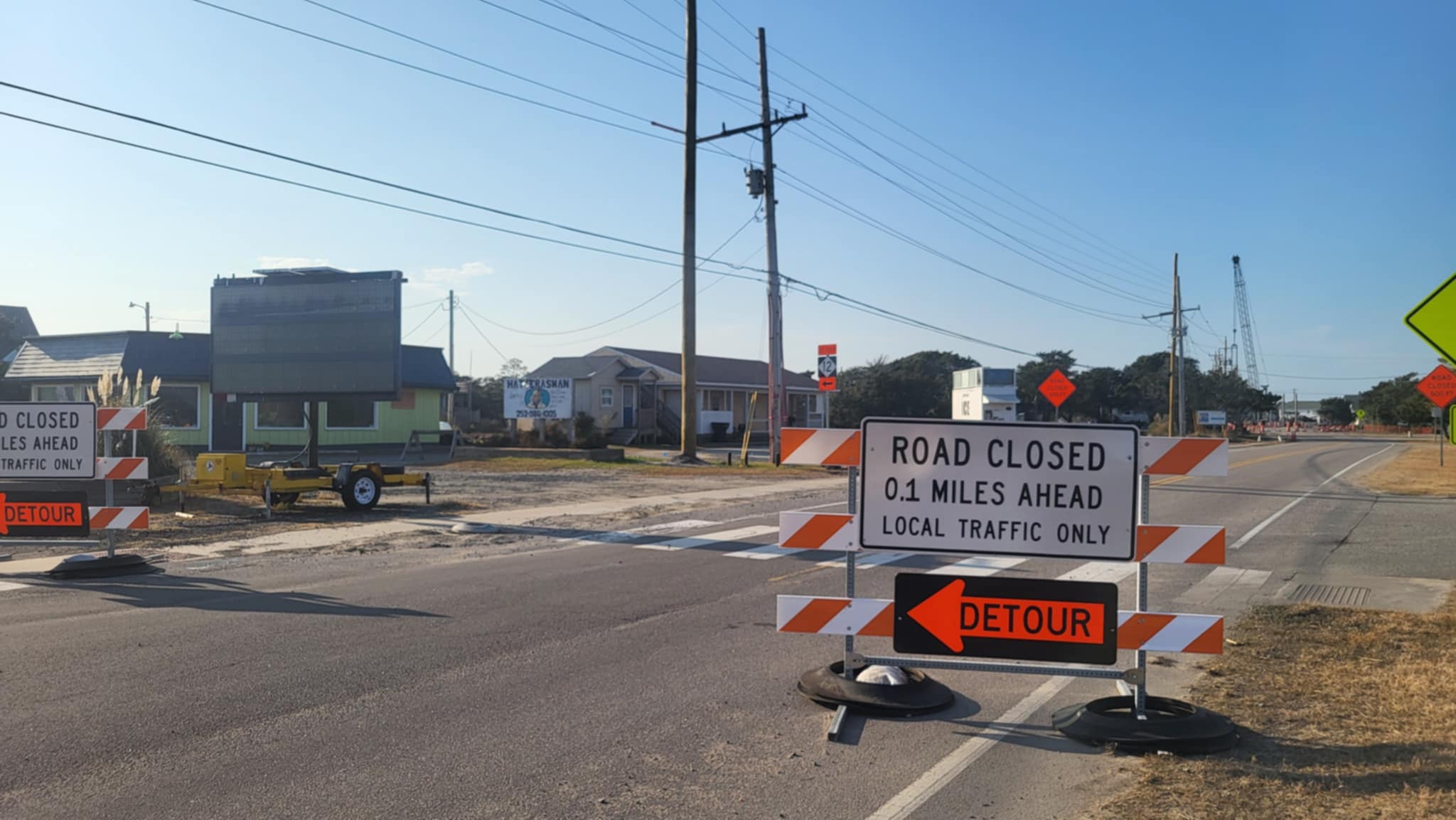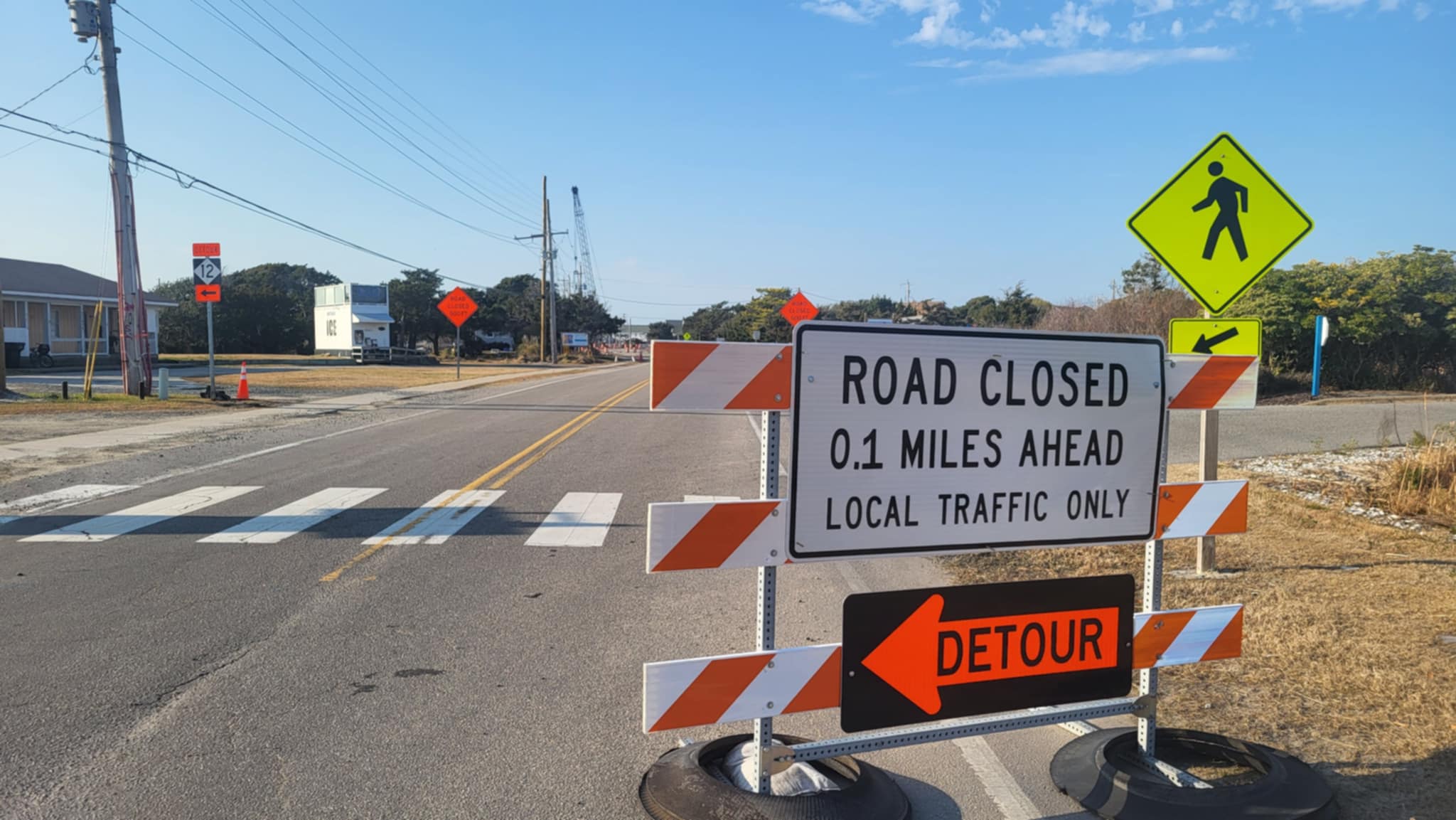A promising new clue to the fate of the Lost Colony By CATHERINE KOZAK
By CATHERINE KOZAK
By CATHERINE KOZAK
Significant new information may finally lead to solving the mystery of the Lost Colony.
Before Elizabethan artist and mapmaker John White sailed away from Roanoke Island in 1587, he understood that the colony he left behind would go “50 miles into the maine” if they had to flee.
Today, researchers with the First Colony Foundation and the British Museum announced they have discovered previously unseen evidence on White’s maps that may have revealed where the colony went — and it is indeed about 50 miles inland.
“This is really the best new clue in 150 years,” said foundation member Brent Lane, adjunct Professor of Heritage Education at University of North Carolina Kenan Institute.
“This is really a good solid lead. But it’s not conclusive and it won’t be until we find something.”
Re-examination of a previously hidden area on White’s map of the New World may reveal that what is known as the Lost Colony did establish a fort 50 miles from “Roanoak” at the confluence of the Chowan and Roanoke rivers in Bertie County, according to a news release from the foundation.
When White, unexpectedly delayed by war, returned to Roanoke Island in 1590, the colony was gone. White, the colony’s governor, sailed back to England without knowing what happened to the first English settlement in the New World. No trace of it has ever been found, and the colony’s fate has remained the oldest unsolved mystery of Colonial America.
The British Museum has the original art and maps drawn by White, an artist in the first of Raleigh’s 1584-1587 Roanoke Voyages. The maps were recently re-examined by museum curators at the prompting of Lane, who had become intrigued by the patches while studying White’s drawing of an Indian village.
Lane said he contacted the museum on Feb. 23, and had his answer on Feb. 24.
The 425-year-old “La Virginea Pars” map painted by White shows the North Carolina coast between 1585 and1586 from the Chesapeake Bay to Cape Lookout, and west to the mouths of the Roanoke, Chowan and Neuse Rivers. The locations of numerous Native-American villages were noted by White, but until now it revealed nothing about the location of English settlements.
Significant new information may finally lead to solving the mystery of the Lost Colony.
Before Elizabethan artist and mapmaker John White sailed away from Roanoke Island in 1587, he understood that the colony he left behind would go “50 miles into the maine” if they had to flee.
Today, researchers with the First Colony Foundation and the British Museum announced they have discovered previously unseen evidence on White’s maps that may have revealed where the colony went — and it is indeed about 50 miles inland.
“This is really the best new clue in 150 years,” said foundation member Brent Lane, adjunct Professor of Heritage Education at University of North Carolina Kenan Institute.
“This is really a good solid lead. But it’s not conclusive and it won’t be until we find something.”
Re-examination of a previously hidden area on White’s map of the New World may reveal that what is known as the Lost Colony did establish a fort 50 miles from “Roanoak” at the confluence of the Chowan and Roanoke rivers in Bertie County, according to a news release from the foundation.
When White, unexpectedly delayed by war, returned to Roanoke Island in 1590, the colony was gone. White, the colony’s governor, sailed back to England without knowing what happened to the first English settlement in the New World. No trace of it has ever been found, and the colony’s fate has remained the oldest unsolved mystery of Colonial America.
The British Museum has the original art and maps drawn by White, an artist in the first of Raleigh’s 1584-1587 Roanoke Voyages. The maps were recently re-examined by museum curators at the prompting of Lane, who had become intrigued by the patches while studying White’s drawing of an Indian village.
Lane said he contacted the museum on Feb. 23, and had his answer on Feb. 24.
The 425-year-old “La Virginea Pars” map painted by White shows the North Carolina coast between 1585 and1586 from the Chesapeake Bay to Cape Lookout, and west to the mouths of the Roanoke, Chowan and Neuse Rivers. The locations of numerous Native-American villages were noted by White, but until now it revealed nothing about the location of English settlements.
Significant new information may finally lead to solving the mystery of the Lost Colony.
Before Elizabethan artist and mapmaker John White sailed away from Roanoke Island in 1587, he understood that the colony he left behind would go “50 miles into the maine” if they had to flee.
Today, researchers with the First Colony Foundation and the British Museum announced they have discovered previously unseen evidence on White’s maps that may have revealed where the colony went — and it is indeed about 50 miles inland.
“This is really the best new clue in 150 years,” said foundation member Brent Lane, adjunct Professor of Heritage Education at University of North Carolina Kenan Institute.
“This is really a good solid lead. But it’s not conclusive and it won’t be until we find something.”
Re-examination of a previously hidden area on White’s map of the New World may reveal that what is known as the Lost Colony did establish a fort 50 miles from “Roanoak” at the confluence of the Chowan and Roanoke rivers in Bertie County, according to a news release from the foundation.
When White, unexpectedly delayed by war, returned to Roanoke Island in 1590, the colony was gone. White, the colony’s governor, sailed back to England without knowing what happened to the first English settlement in the New World. No trace of it has ever been found, and the colony’s fate has remained the oldest unsolved mystery of Colonial America.
The British Museum has the original art and maps drawn by White, an artist in the first of Raleigh’s 1584-1587 Roanoke Voyages. The maps were recently re-examined by museum curators at the prompting of Lane, who had become intrigued by the patches while studying White’s drawing of an Indian village.
Lane said he contacted the museum on Feb. 23, and had his answer on Feb. 24.
The 425-year-old “La Virginea Pars” map painted by White shows the North Carolina coast between 1585 and1586 from the Chesapeake Bay to Cape Lookout, and west to the mouths of the Roanoke, Chowan and Neuse Rivers. The locations of numerous Native-American villages were noted by White, but until now it revealed nothing about the location of English settlements.
But hidden under a patch on the map in the area of modern Bertie County, across the Albemarle Sound from Edenton, there appears to be a large bright red and blue fort symbol, which could indicate an area that represents Sir Walter Raleigh’s planned “Cittie of Ralegh,” and perhaps the eventual site of the Lost Colony.
Lane said that the fort symbol, typical of that period, may have been patched to keep the site secret from Spain, which was at war with England. It’s also possible that the fort was planned, but the plans changed.
Adding to the intrigue, the patch — which was not hiding a tear, as was probably assumed for four centuries — was covered with another version of a fort, except it was an elaboration drawn in invisible ink. That could mean that whoever drew the second image was aware of what was underneath the patch. But until more research is done, Lane said, it’s all just speculation, except that it’s likely that all the changes happened during the life of the colony.
“It’s certainly possible that Raleigh and his team covered it up,” Lane said. “Whether they changed their mind or just concealed it has yet to be determined.”
But hidden under a patch on the map in the area of modern Bertie County, across the Albemarle Sound from Edenton, there appears to be a large bright red and blue fort symbol, which could indicate an area that represents Sir Walter Raleigh’s planned “Cittie of Ralegh,” and perhaps the eventual site of the Lost Colony.
Lane said that the fort symbol, typical of that period, may have been patched to keep the site secret from Spain, which was at war with England. It’s also possible that the fort was planned, but the plans changed.
Adding to the intrigue, the patch — which was not hiding a tear, as was probably assumed for four centuries — was covered with another version of a fort, except it was an elaboration drawn in invisible ink. That could mean that whoever drew the second image was aware of what was underneath the patch. But until more research is done, Lane said, it’s all just speculation, except that it’s likely that all the changes happened during the life of the colony.
“It’s certainly possible that Raleigh and his team covered it up,” Lane said. “Whether they changed their mind or just concealed it has yet to be determined.”
But hidden under a patch on the map in the area of modern Bertie County, across the Albemarle Sound from Edenton, there appears to be a large bright red and blue fort symbol, which could indicate an area that represents Sir Walter Raleigh’s planned “Cittie of Ralegh,” and perhaps the eventual site of the Lost Colony.
Lane said that the fort symbol, typical of that period, may have been patched to keep the site secret from Spain, which was at war with England. It’s also possible that the fort was planned, but the plans changed.
Adding to the intrigue, the patch — which was not hiding a tear, as was probably assumed for four centuries — was covered with another version of a fort, except it was an elaboration drawn in invisible ink. That could mean that whoever drew the second image was aware of what was underneath the patch. But until more research is done, Lane said, it’s all just speculation, except that it’s likely that all the changes happened during the life of the colony.
“It’s certainly possible that Raleigh and his team covered it up,” Lane said. “Whether they changed their mind or just concealed it has yet to be determined.”
The 117 men, women and children in the Lost Colony, the last of the Roanoke Voyages, settled on Roanoke Island, but it has never been discovered precisely where. And no one knows their whereabouts after August 1587, when White – grandfather of Virginia Dare, the first English child born in the New World — left for England for supplies.
Even if it’s proven that the colonists traveled to Bertie County and built a fort, Lane said, it would be expected that some colonists also would have gone to Croatoan to watch for any English ship along the coast.
The foundation, a nonprofit group of professional archaeologists researching the Roanoke Voyages, has conducted numerous excavations at Fort Raleigh National Historic Site on Roanoke Island since it was established in 2004 to renew long-stalled exploration of the area where the colonists were purported to have settled.
Despite dozens of excavations at the park over decades, no evidence of the Lost Colony or a fort has ever been discovered at the park. The foundation plans to explore additional areas this summer, and is working to get approval to excavate private land closer to Manteo.
The 117 men, women and children in the Lost Colony, the last of the Roanoke Voyages, settled on Roanoke Island, but it has never been discovered precisely where. And no one knows their whereabouts after August 1587, when White – grandfather of Virginia Dare, the first English child born in the New World — left for England for supplies.
Even if it’s proven that the colonists traveled to Bertie County and built a fort, Lane said, it would be expected that some colonists also would have gone to Croatoan to watch for any English ship along the coast.
The foundation, a nonprofit group of professional archaeologists researching the Roanoke Voyages, has conducted numerous excavations at Fort Raleigh National Historic Site on Roanoke Island since it was established in 2004 to renew long-stalled exploration of the area where the colonists were purported to have settled.
Despite dozens of excavations at the park over decades, no evidence of the Lost Colony or a fort has ever been discovered at the park. The foundation plans to explore additional areas this summer, and is working to get approval to excavate private land closer to Manteo.
The 117 men, women and children in the Lost Colony, the last of the Roanoke Voyages, settled on Roanoke Island, but it has never been discovered precisely where. And no one knows their whereabouts after August 1587, when White – grandfather of Virginia Dare, the first English child born in the New World — left for England for supplies.
Even if it’s proven that the colonists traveled to Bertie County and built a fort, Lane said, it would be expected that some colonists also would have gone to Croatoan to watch for any English ship along the coast.
The foundation, a nonprofit group of professional archaeologists researching the Roanoke Voyages, has conducted numerous excavations at Fort Raleigh National Historic Site on Roanoke Island since it was established in 2004 to renew long-stalled exploration of the area where the colonists were purported to have settled.
Despite dozens of excavations at the park over decades, no evidence of the Lost Colony or a fort has ever been discovered at the park. The foundation plans to explore additional areas this summer, and is working to get approval to excavate private land closer to Manteo.
In the 1990s, East Carolina University archaeologist David Phelps led several excavations in Buxton Woods at the site of Croatoan, the ancient capital of the Native-American chiefdom that was friendly to the English. During one dig, a 16th-century gold signet ring was unearthed and later traced to one of two Kendalls who participated in the Roanoke Voyages.
British archaeologist Mark Horton also recently conducted digs with a team of island volunteers in nearby areas on Hatteras Island that could indicate more co-mingling between the English explorers and Native Americans than previously known.
Horton’s visits to Hatteras have been sponsored by the non-profit Croatoan Archaeological Society, founded by Scott and Maggie Dawson of Buxton.
The First Colony Foundation plans further research of the Bertie County site, which encompasses up to several thousand acres. Located near Windsor, it includes farms, an industrial plant, a golf course community and a planned marina.
Lane said that English artifacts were recently found during an archaeological investigation required prior to construction of the marina.
Before any further excavation is planned, he said, researchers will study other artifacts that have been found in the region to narrow down a target excavation area.
Then the complicated job of getting permission and money to dig begins.
In the 1990s, East Carolina University archaeologist David Phelps led several excavations in Buxton Woods at the site of Croatoan, the ancient capital of the Native-American chiefdom that was friendly to the English. During one dig, a 16th-century gold signet ring was unearthed and later traced to one of two Kendalls who participated in the Roanoke Voyages.
British archaeologist Mark Horton also recently conducted digs with a team of island volunteers in nearby areas on Hatteras Island that could indicate more co-mingling between the English explorers and Native Americans than previously known.
Horton’s visits to Hatteras have been sponsored by the non-profit Croatoan Archaeological Society, founded by Scott and Maggie Dawson of Buxton.
The First Colony Foundation plans further research of the Bertie County site, which encompasses up to several thousand acres. Located near Windsor, it includes farms, an industrial plant, a golf course community and a planned marina.
Lane said that English artifacts were recently found during an archaeological investigation required prior to construction of the marina.
Before any further excavation is planned, he said, researchers will study other artifacts that have been found in the region to narrow down a target excavation area.
Then the complicated job of getting permission and money to dig begins.
In the 1990s, East Carolina University archaeologist David Phelps led several excavations in Buxton Woods at the site of Croatoan, the ancient capital of the Native-American chiefdom that was friendly to the English. During one dig, a 16th-century gold signet ring was unearthed and later traced to one of two Kendalls who participated in the Roanoke Voyages.
British archaeologist Mark Horton also recently conducted digs with a team of island volunteers in nearby areas on Hatteras Island that could indicate more co-mingling between the English explorers and Native Americans than previously known.
Horton’s visits to Hatteras have been sponsored by the non-profit Croatoan Archaeological Society, founded by Scott and Maggie Dawson of Buxton.
The First Colony Foundation plans further research of the Bertie County site, which encompasses up to several thousand acres. Located near Windsor, it includes farms, an industrial plant, a golf course community and a planned marina.
Lane said that English artifacts were recently found during an archaeological investigation required prior to construction of the marina.
Before any further excavation is planned, he said, researchers will study other artifacts that have been found in the region to narrow down a target excavation area.
Then the complicated job of getting permission and money to dig begins.
Subject
Name
(required, will not be published)
(required, will not be published)
City :
State :
Your Comments:
May be posted on the Letters to the Editor page at the discretion of the editor.
May be posted on the Letters to the Editor page at the discretion of the editor.
May be posted on the Letters to the Editor page at the discretion of the editor.
May be posted on the Letters to the Editor page at the discretion of the editor.
















